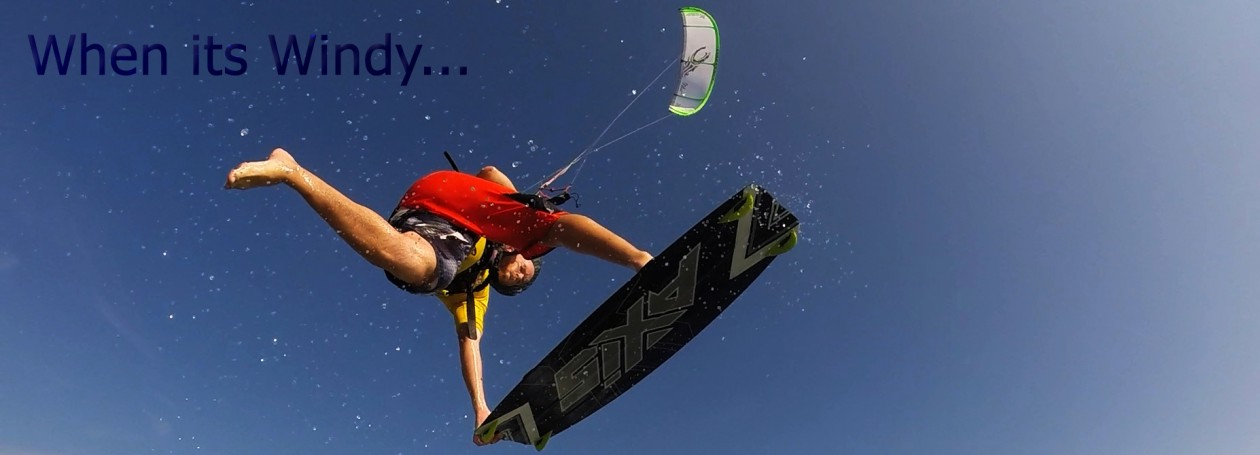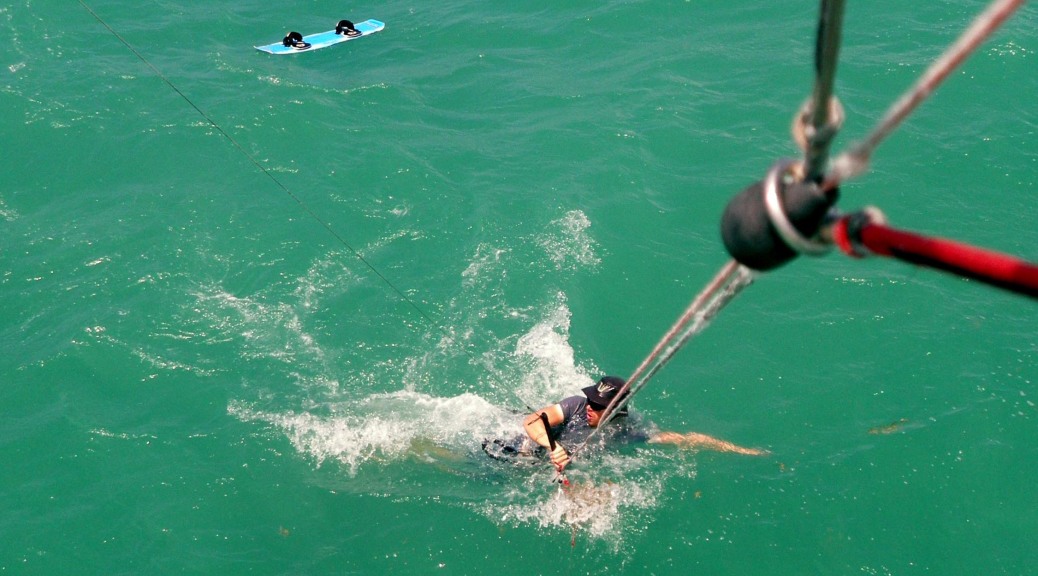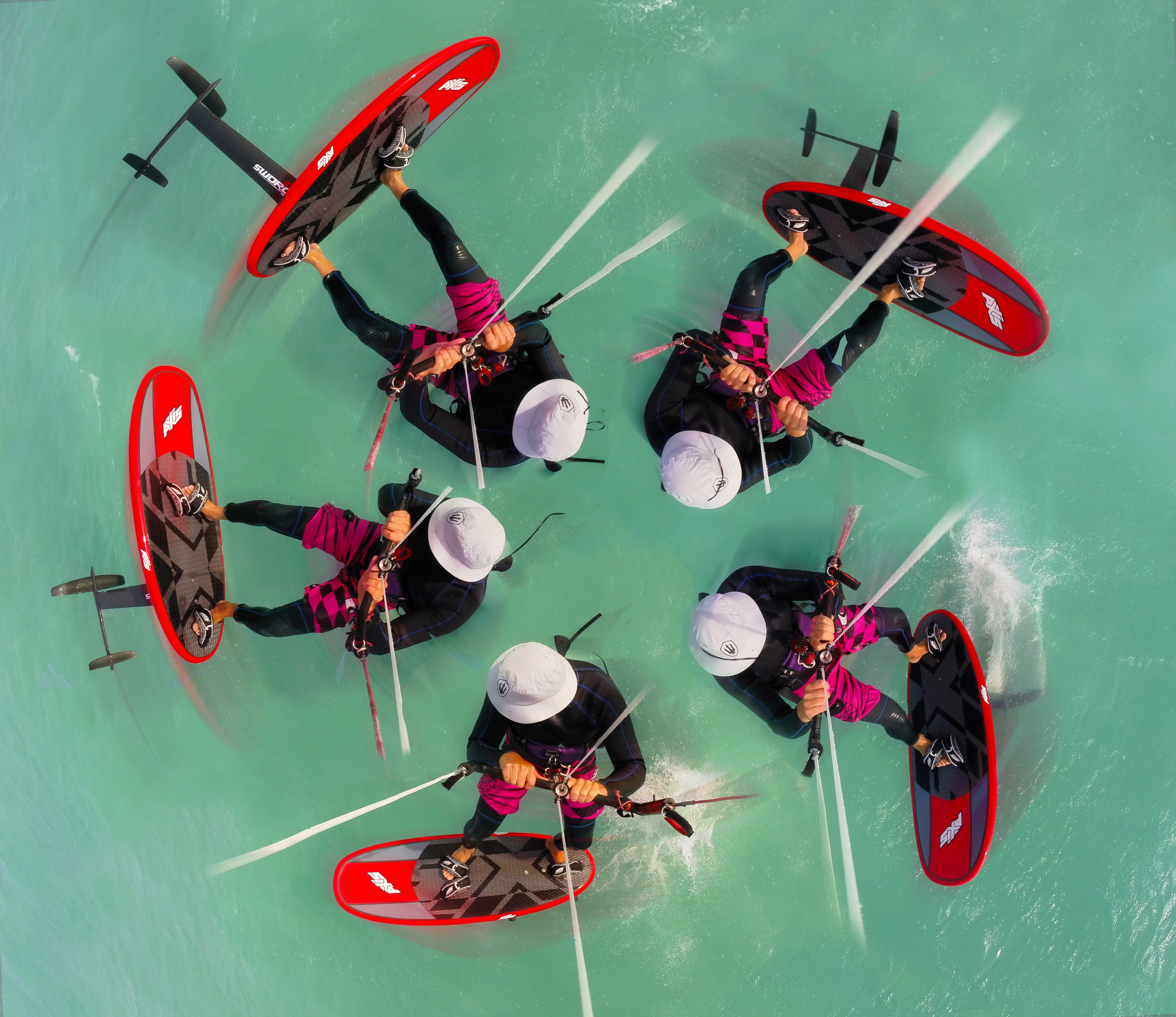So all the best laid plans we made in Part 1- Don’t Loose it! have failed or you are kindly looking for someone else board. Here is When it’s windy’s guide to finding a missing kiteboard.
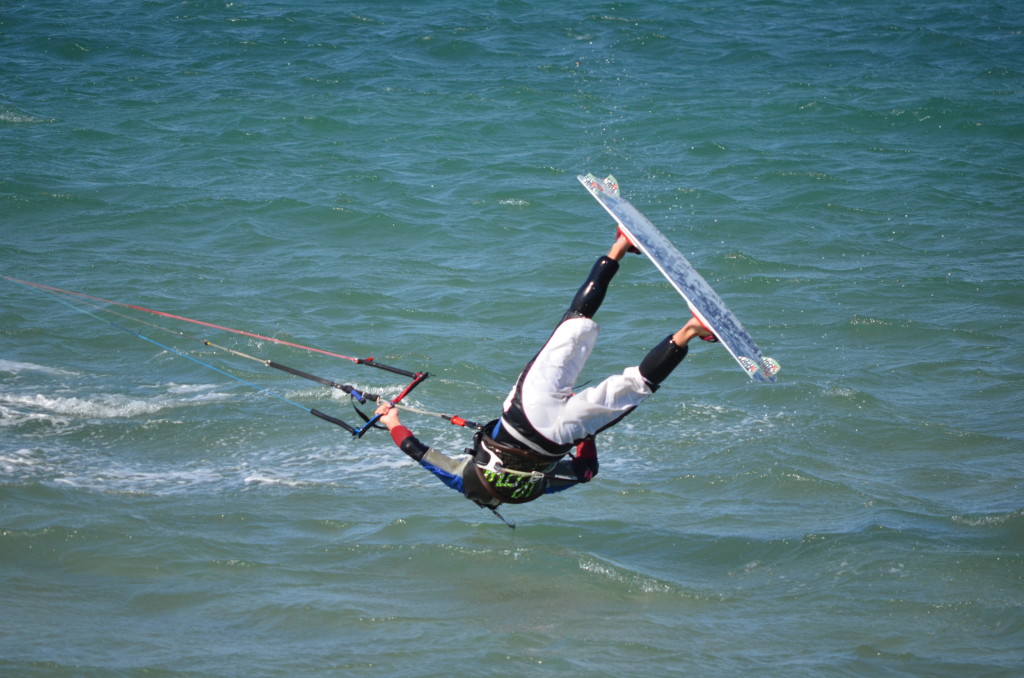
Working at kiteschools I get daily requests to help find and recover “lost” boards.
Virtually every kiteboarder should be able to help in the search for a board. Always help if you can.
Remember time is of the essence. The quicker the search begins the easier it will be to find it.
If you’ve lost your board, let someone experienced know as soon as possible.
Tell them:
When you lost it – 5, 10, 15 minutes ago.
How far out? – 50m, 100m …
Roughly where you were when you last saw it.
The same applies if you find a board floating but are not yet able to perform a board recovery.
Within 5 minutes most boards can be easily found. Over 15 minutes is pushing your luck. Over an hour – that is a longshot.
Noone around to tell? Best bet is usually to return quickly to shore and wait for your board to drift slowly downwind. Keep looking for your board whilst onshore. Brightly coloured boards and fins are easier to spot.
Go-joes or their DIY equivalent make this job easier still. A small pair of binoculars can be helpful in extreme circumstances.
Side onshore or onshore winds usually return the board to or close to shore.
Consider which way the currents are running as this may also effect the course of the board.
Walk the beach and don’t be shy – Ask everyone if they’ve seen it.
Spotting a board in the water.
1.Try to avoid looking towards the sun.
Move to a position that allows a better angle. Polarised glasses will take the glare away from the surface of the water.
2. Get some height above the water
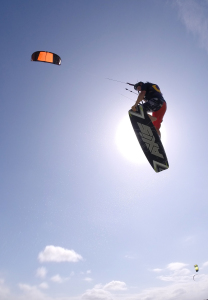
An elevated position really helps with board spotting. Climb a sand dune, lookout tower, jump if riding a twintip and you have the ability. Once spotted try not to take your eye off it or its general vicinity.
Here are some typical situations you may encounter and some suggestions how to help.
Scenario 1: You see someone crash and then drift hopelessly downwind without a board or you see someone fruitlessly bodydragging for their board.
Level: Beginner / Int / Advanced
Anyone can help in this situation.
The board will usually be upwind of the kiteboarder unless there are strong currents.
Ride to the area where they crashed and try to spot the board. Remember to ride slowly and look all around.
Jump if you have the ability. A birds eye view will help massively.
Use the sun to help you, try to look away from the sun to get a clearer view of your surroundings.
Once spotted either perform a board recovery if you know how.
or
Let someone else know where the board is.
Scenario 2: You may be on the beach or in the water and someone tells you they’ve lost their board.
Level: Int / Adv
Ask them:
How long ago they last saw it?
How far from shore did they loose it?
Roughly which area did they loose it?
This should give you a rough idea of where to search.
If you are in the water communication will be difficult but the board is probably nearby anyway. Avoid collision at all cost. Remember to keep a safe distance.
Knowing local conditions is key here.
Sometimes a current will take the board in an unexpected direction. Assuming no currents and sideon or onshore winds the board should wash up eventually. Get them to walk the shore whilst you ride out to look in the water.
If there is a high view point (dunes or sea wall for example.) use it to try to spot the board.
Be methodical in your search.
I usually head out to the rough area where the board was lost and ride 150m reaches gradually working downwind maybe 50m each reach.
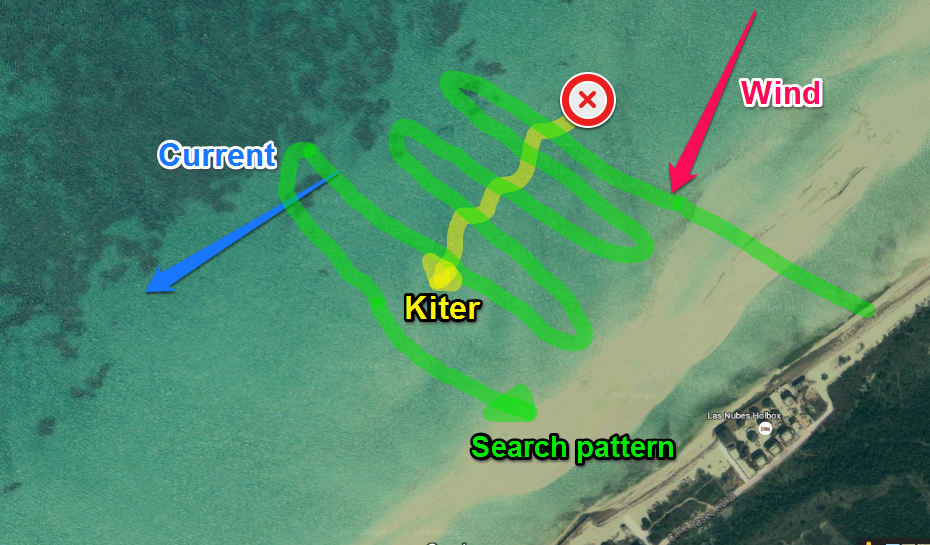
Jump whenever possible to get an elevated view point. If I don’t find it I ride slowly back upwind performing the same search.
Searching for the board from a hydrofoil is also very effective as a lot of water can be covered up and down wind with an elevated view point.
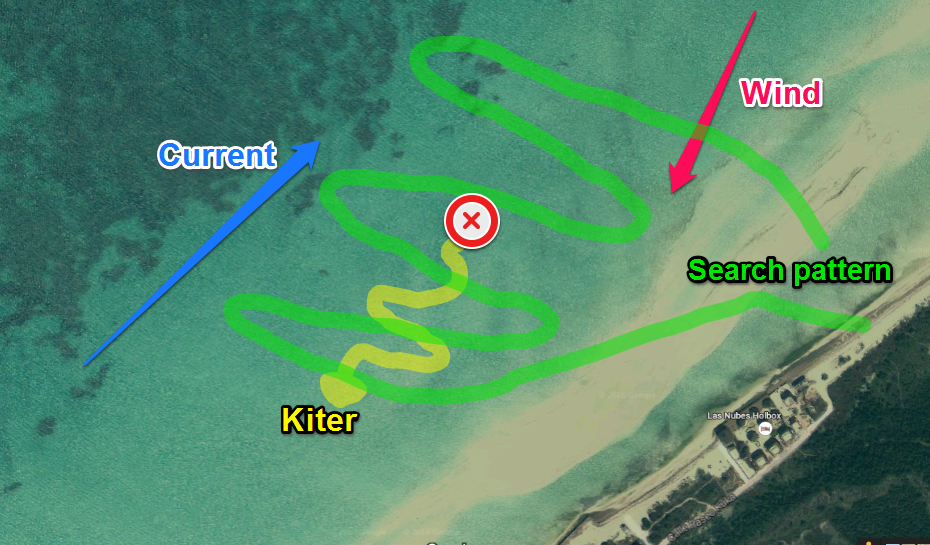
Once located perform a board recovery or let another rider know there is a board in the water.
Waving the board in the air can be a good way to signal that you need help.
If someone comes, drop the board and ride out of their way. Check that they picked it up and carry on with your session.
If a rescue boat is available remember that they are there primarily to rescue people and may not be able to help. However if they are willing to help rescue your board give them the information they need and act quickly. A friendly fishing boat is sometime another option.
If you someone helps you in your search always show your gratitude afterwards. A couple of beers can certainly make the effort worthwhile 😉
Last but not least – All is not lost
If you really have lost your board, notify local kite groups, forums and facebook pages. Check ebay and craigslist. Boards have a fairly good habit of showing up somewhere. If you’ve marked your board as suggested in Part 1 the chances are that little bit higher.
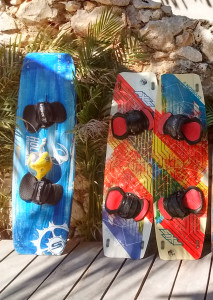
Also notify any coastal rescue services that the board is missing but that you are safe and sound.
Coming soon part 3 – Board Recovery – I found the board what now?
